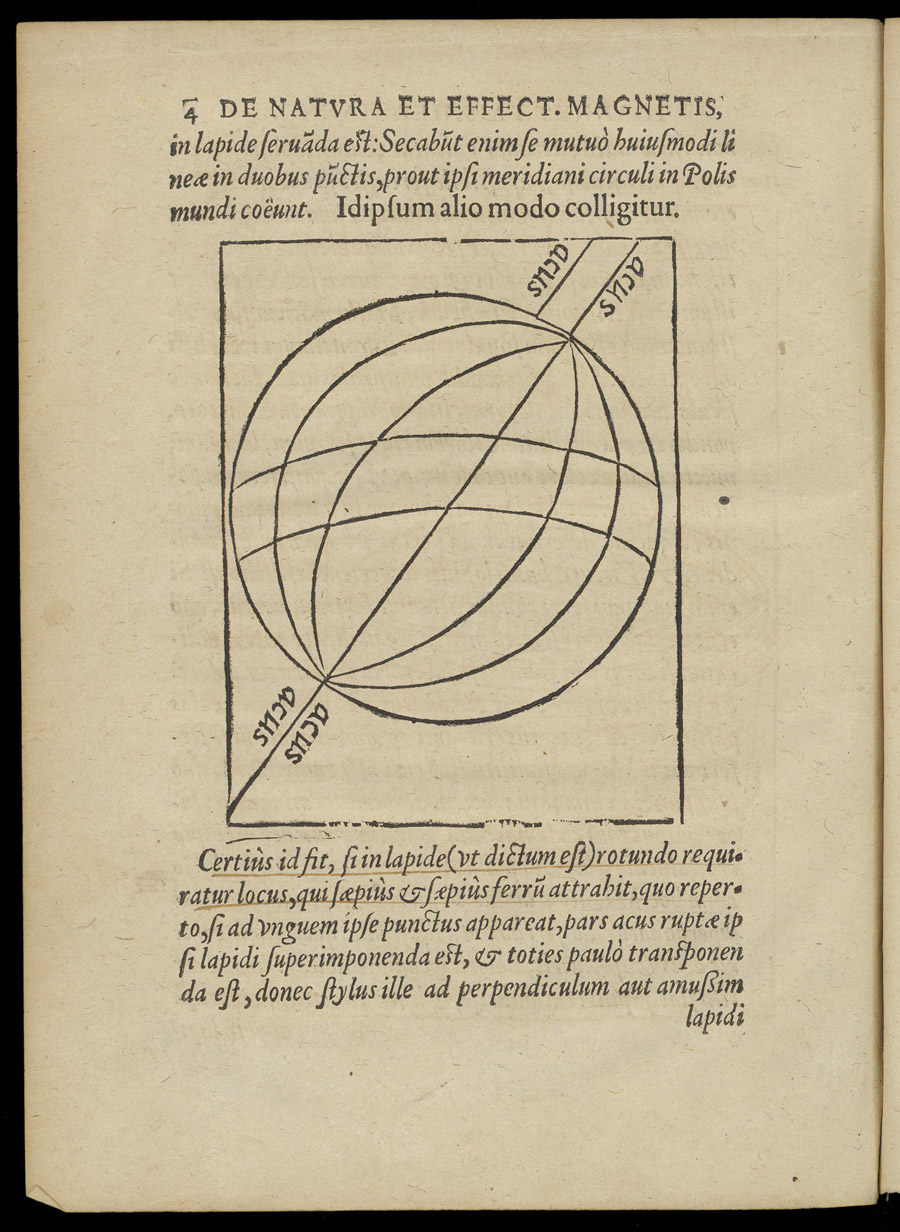The mariners employ an art which cannot deceive,
By the property of the lodestone,
An ugly stone and brown,
To which iron joints itself willingly
They have; they attend to where it points
After they have applied a needle to it;
And they lay the latter on a straw
And put it simply in the water
Where the straw makes it float.
Then the point turns direct
To the star with such certainty
That no man will ever doubt it,
Nor will it ever go wrong.
When the sea is dark and hazy,
That one sees neither star nor moon,
Then they put a light by the needle
And have no fear of losing their way.
The point turns toward the star;
And the mariners are taught
To follow the right way.
It is an art which cannot fail.
(Guyot de Provins*)
* Guyot de Provins, La Bible [1190], quoted by Brother Potamian: „Notes”, in: The Letter of Petrus Peregrinus on the magnet; transl.: Brother Arnold; introductory notice: Brother Potamian. New York: McGraw Publishing, 1904, p. 38.


